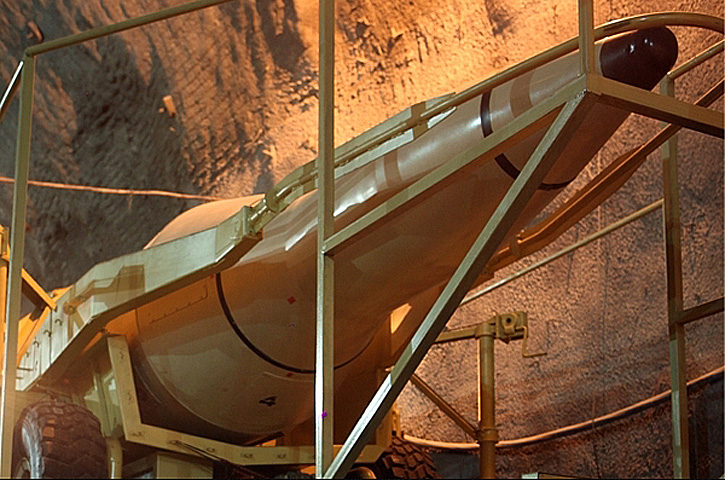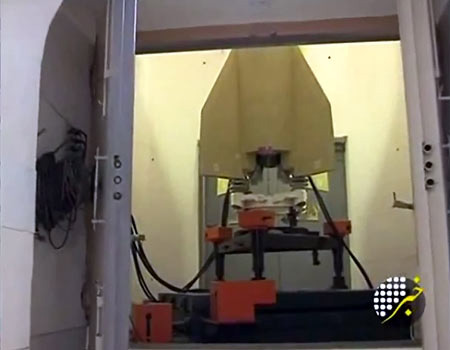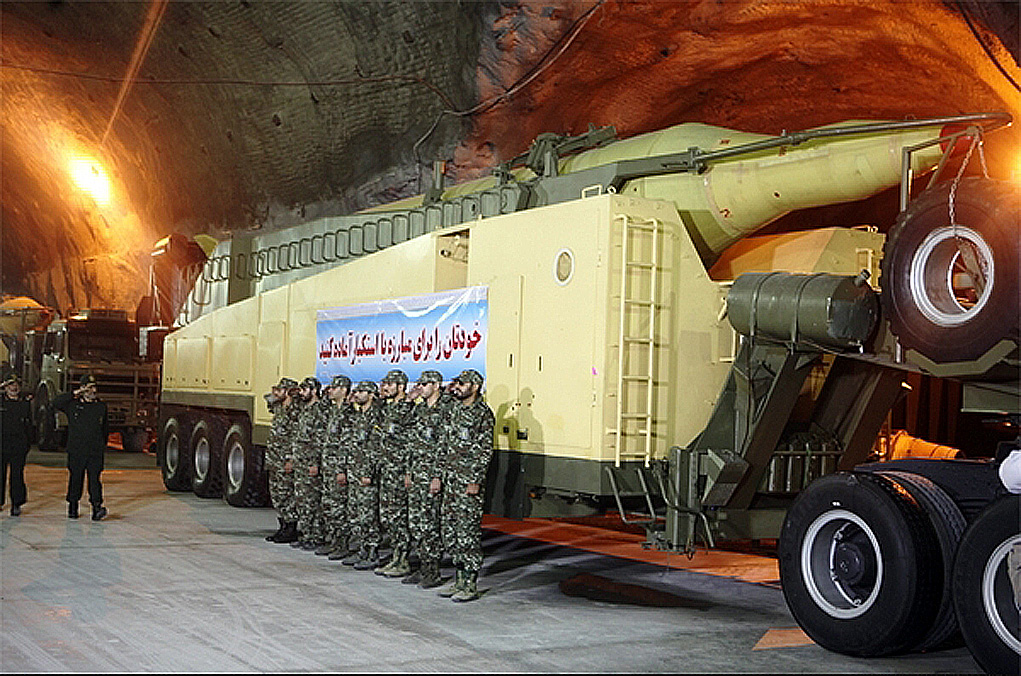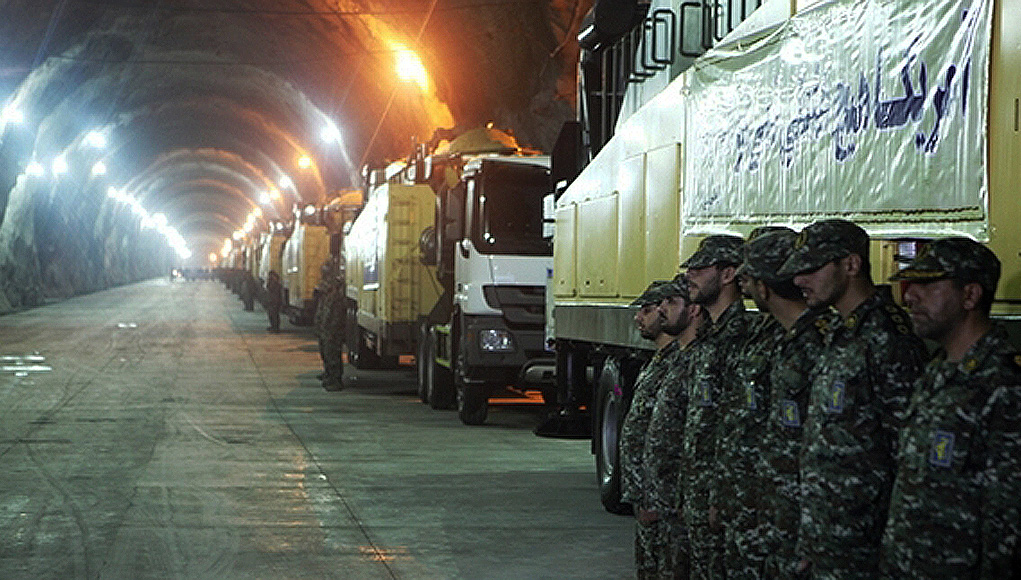
Iran unveiled today one of several underground missile bases where the country’s Revolutionary Guards’ Corps (IRGC) ballistic missile units are based.
Such facilities comprise a network of interconnected tunnels, fitted with concrete paved surfaces enabling rapid and efficient transportation of missiles from storage areas to launch points. The missiles are Launched from large underground launched pads supporting the erection, fuelling and launching of missiles.
According to Iranian sources, ballistic missiles are stored in a number of these facilities, located in different regions throughout Iran, at depth up to 500 meters under the surface. Iran typically operates such missile bases in hilly or mountainous areas, each site is fed through multiple entry and exit points; launch pads are often located under roofed structures which may also ‘hide’ plain surfaces for deception. The whole endeavor aims to eliminate enemy intelligence collection and early warning by using earth observation assets such as satellites and unmanned aerial systems.

Having multiple launch pads per base can support the fuelling of several liquid-propelled missiles – a relatively lengthy process that normally compromise those missiles to enemy preventive attack. By conducting such operation underground, the Iranian missile operators can prepare liquid-propelled missiles (such as Shahab 3 and Ghadr) without exposing their missiles to the enemy. Such deep underground also protect these strategic assets from enemy air attacks.
The large tunnels provide ample storage areas for ready-to-launch missile transporters, moved to their launch pads by prime movers. The launch pads are quickly prepared for new missiles, as they provide merely the level surface for standard trailer-mounted erector-launchers. This process is more efficient than the launch silos, employed for non-transportable missiles, which require lengthy reloading after each launch.
IRGC’s strategic missile force also relies on launch silos, the first was unveiled in 2011.





















